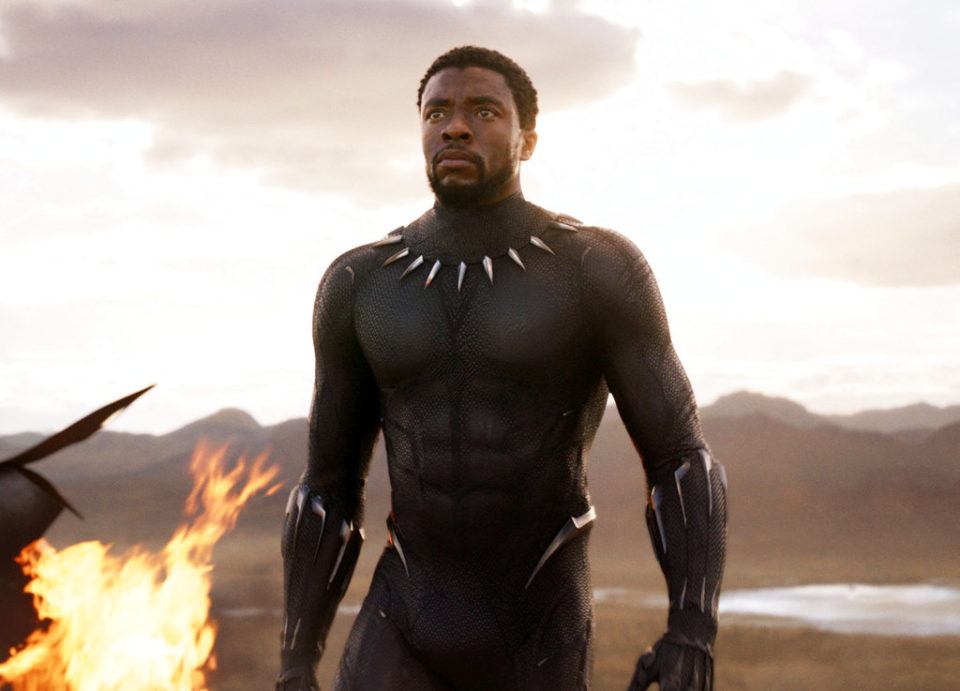One needs to have a decent knowledge of history with respect to the transatlantic slave trade, the European colonization of Africa and of current affairs with respect to the Chibok girls to fully appreciate Marvel’s “The Black Panther.”

In this piece I attempt to address some of the historical and current issues I feel are pertinent and might give more perspective to anyone who has seen the movie.
But then again, I must warn you, if you haven’t stepped into the Kingdom of Wakanda yet and you hate spoilers, stop right here.
I address certain aspects of the movie and attempt to provide some perspective to those aspects, hence I use subheadings like “The movie” and “Reality.”
Sambisa Forest, Nigeria
The movie: Apart from the country of Wakanda, most of the locations addressed in the movies are real places. The beginning of the movie shows T’Challa, the soon to be crowned Black Panther, ambushing a convoy of men who had kidnapped some girls with the help of Nakia, a Wakandan spy, in the Sambisa Forest in Nigeria. The rescue was successful.
Reality: In April 2014, some members of Boko Haram, an Islamic terrorist organization wreaking havoc around the Lake Chad region, attacked an all-girls boarding school in the town of Chibok in Borno, Nigeria. They kidnapped 276 girls, threatening to marry some of them off to their fighters and sell the others to slavery. This event led a hashtag that turned into a worldwide movement, even reaching the White House.
According to the website for the movement, after 3 years “57 escaped, 4 found, 106 released, 4 infants with our girls, 19 parents dead, 113 still missing.” The girls are believed to be held captive in Sambisa Forest. Efforts to rescue the rest of the girls– even after a minor international coalition of counterterrorist and negotiation experts from the U.S., Europe and China– have proved abortive. Recently 82 girls were released after a Wall Street Journal reported that a 2 million euros ransom was secretly paid by the Nigeria government.
An African country that does not take aid
The movie: Wakanda uses Vibranium, the source of its wealth and advanced technologies to protect itself from the world giving the illusion that it is a poor nation. It then surprises the world that the nation does not accept any form of aid from Western nations.
Reality: Aid conjures up positive notions of an entity, being in a somewhat privileged position, offering benevolence to another entity, usually less privileged. In itself, aid is not a bad thing, especially if it is emergency aid, but when aid becomes a way of life and job security for those offering the aid and no longer about the wellbeing of those being aided potential, problems arise.
This form of aid presents itself in different forms, from service trips to medical brigades to international aid workers to voluntourists. I have address this issue in a previous column. Today the aid industry has become a multibillion dollar industry, benefiting those producing and providing the aid and in some cases devastating the economies of those being aided. Watch the documentary Poverty Inc. to educate yourself.
The justification of aid, excluding emergency relief in time of war and natural disasters, has always been that the aided are in poverty and should be helped. This rings true to most aid workers and volun-tourists from the West in Africa.
A 2017 study titled “Honest Accounts” estimated that Africa in 2015 was a net creditor of $41.3 billion to the rest of the world. The report states:
African countries received $161.6 billion in 2015 – mainly in loans, personal remittances and aid in the form of grants. Yet $203 billion was taken from Africa, either directly – mainly through corporations repatriating profits and by illegally moving money out of the continent – or by costs imposed by the rest of the world through climate change.”
One can see why Wakanda refused to receive aid.
Museum of Great Britain in London
Movie: At the museum before Killmonger, the movie’s villain, steals the ancient tool made of Vibranium, he and the curator look at a couple of masks. One of those masks was the Benin Ivory Mask of Queen Ida of the Benin Empire in the 16th century. Killmonger asks how much the masks would cost, and the museum curator says they are not for sale. “How do you think your ancestors got these?” Killmonger asks.
Reality: The answer to Killmonger’s question is a dark part of the United Kingdom’s history during its quest to build the empire the sun never set on. On February 9, 1897, British soldiers led by Rear-Admiral Harry Rawson, invaded the Kingdom of Benin, burning down the palace of the Oba (King), killing thousands and taking thousands of priceless artifacts as spoils of war. This was meant to be a punitive expedition in retaliation to an initial kerfuffle that led to the death of a British delegate, by some accounts, at the hands of Benin soldiers. Among the artifacts stolen is the Queen Ida mask, which is shown in the movie.
The final battle between Killmonger and T’Challa
Movie: After T’Challa defeated Killmonger in their final battle and T’Challa offered to heal Killmonger with Wakandan technology, Killmonger refuses and makes this statement before he dies:
“Bury me in the ocean with my ancestors who jumped from ships, because they knew death was better than bondage.”
Reality: Some of the Africans who were kidnapped from their homelands 400 years ago chose to jump into the ocean and die instead of living in bondage when they were being transported to plantations in the Americas.
Conclusion
Black Panther was indeed a truly Pan African movie everyone should enjoy.
Tam Kemabonta can be reached at kema4033@stthomas.edu

